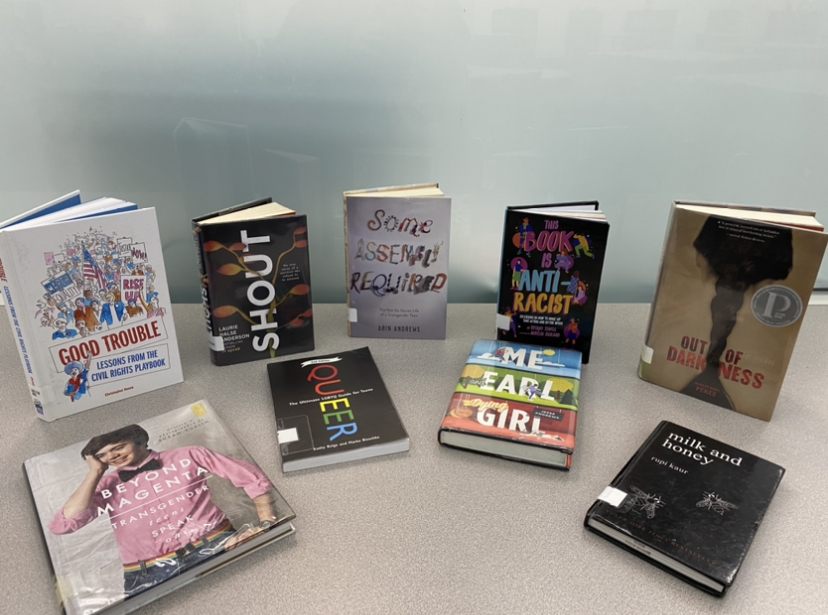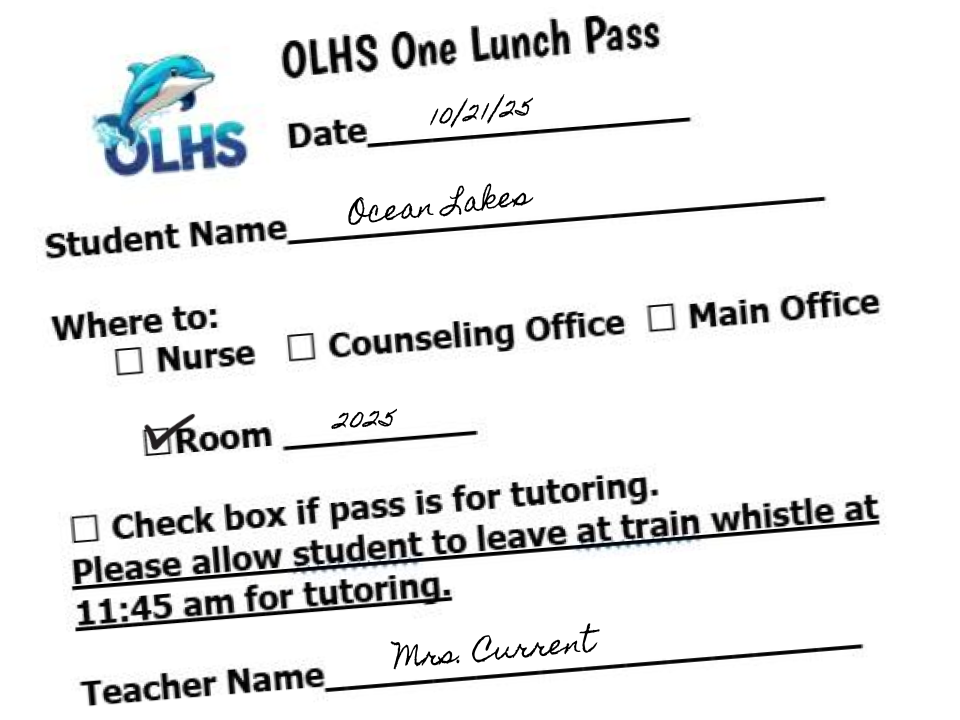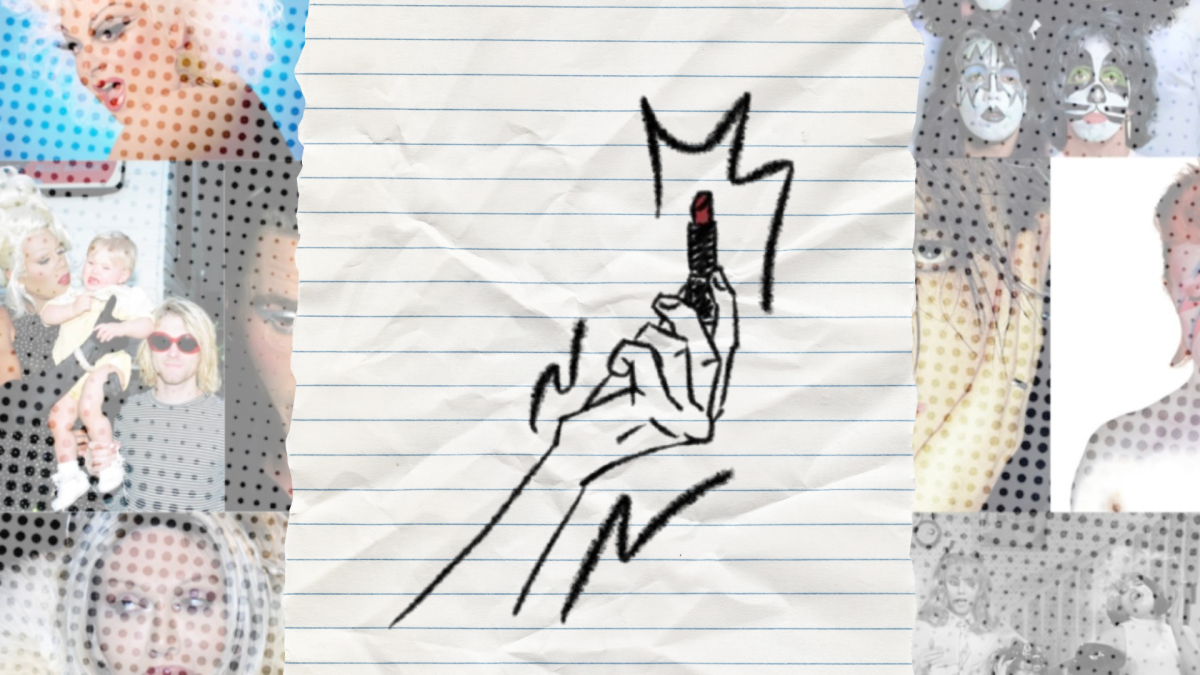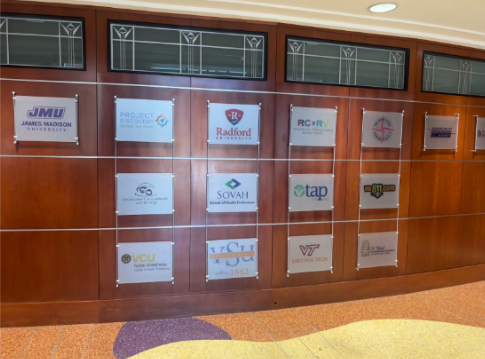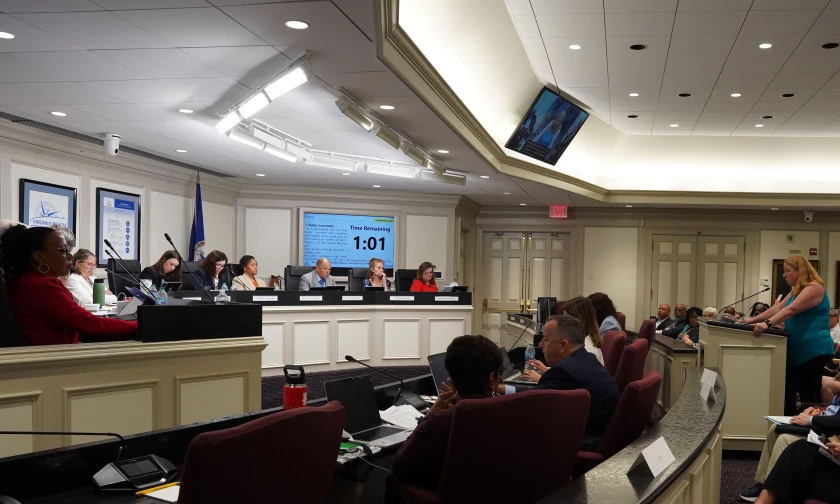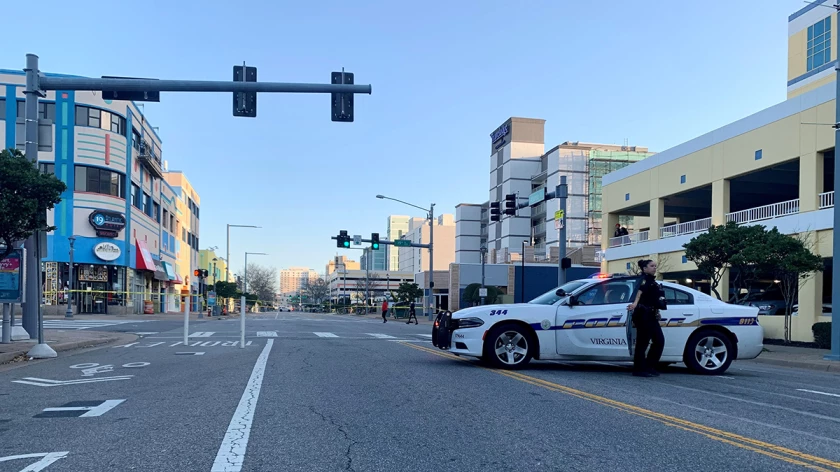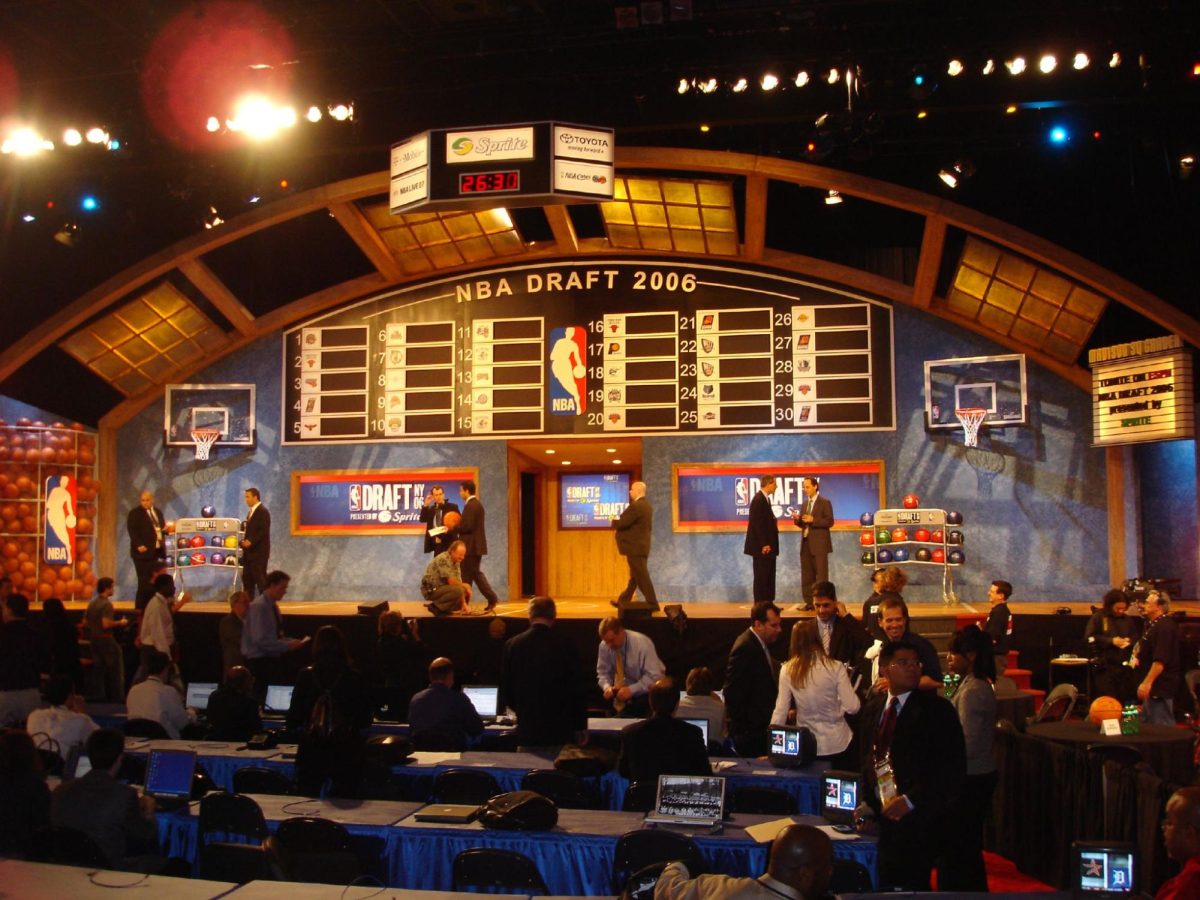Book banning has become a negative widespread form of censorship centering what is appropriate for minors to read, but the books being banned are reflections of disputes over social issues.
In an alarming trend, banned books have dramatically increased in number since last year.
According to The Washington Post, a majority of the books being banned today focus on sexual orientation, gender identity and race.
The American Library Association’s list of most banned or challenged books also cite these given reasons for challenging the book. As an example, one of the most challenged books from 2019 was Prince and Knight by Daniel Haack. Reasons for challenging it included: “featured LGBTQIA+ content, a transgender character, and a deliberate attempt to indoctrinate young children and conflicts with religious viewpoints.”
This kind of social and political trend controlling what students can access is troublesome for its altogether undemocratic tone.
If students are discouraged from reading books with these “inappropriate” topics, a stigma could result. This could also have a psychological effect on students and influence their sense of belonging.
This creates a negative space for students.
Although book banning is a poor method of censorship, there are some books which are banned for acceptable reasons.
Books which are centered around constructing violence are not acceptable books to read due to their negative intentions behind the creation of those books.
On the other hand, those types of books are a select few and do not happen enough for the banning of books to occur as often as it does.
All of the bans on books across America also affect school libraries. Some schools require parents to review books or subjects and have them blocked from their child, while others may only have that as an available option.
Although parents are usually the ones to cite so called “inappropriate” content, it’s not just selective to them.
There are also some students that have tried to have a book banned or taken from the library shelves.
Overall, banning books can be very harmful to students and should not be encouraged.
“If you don’t want to read it don’t read it, but that doesn’t mean that you have a right to say what other people read,” said Librarian Nicole Glaser.

